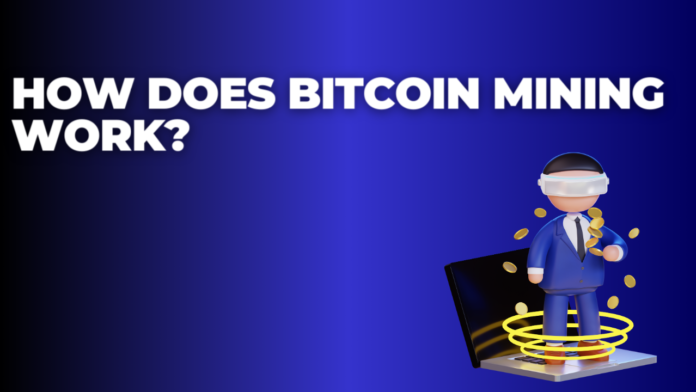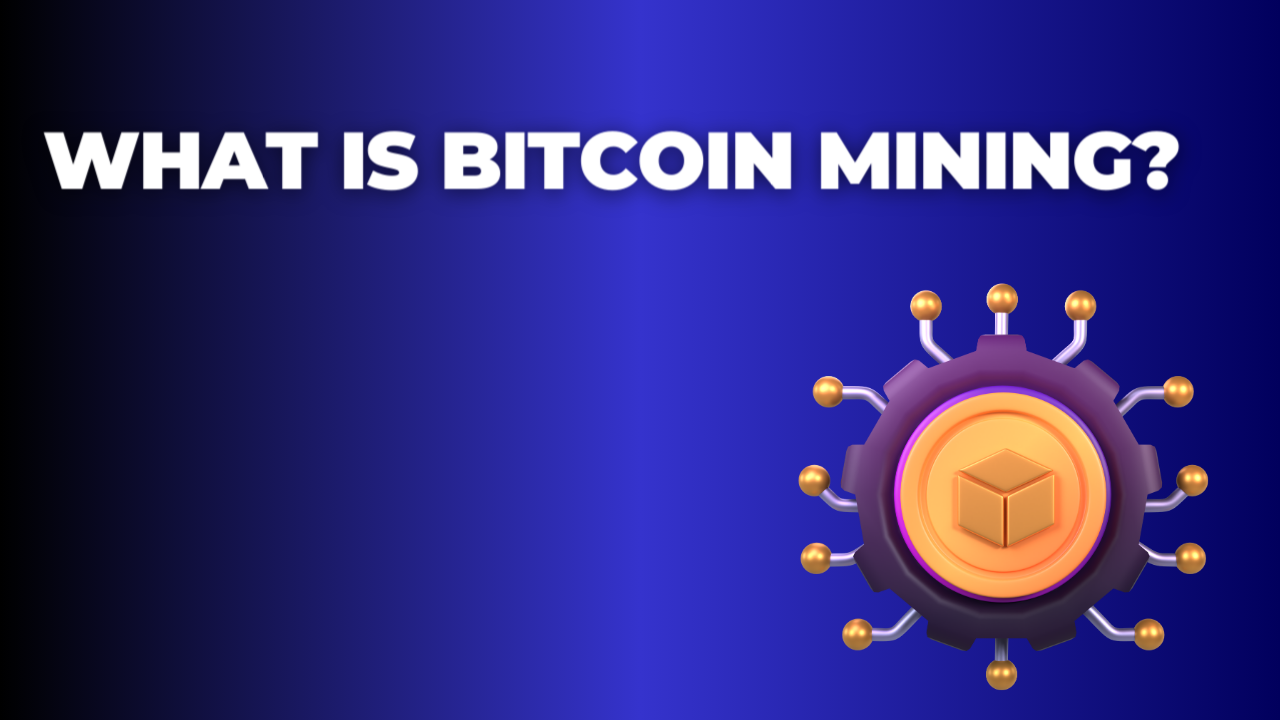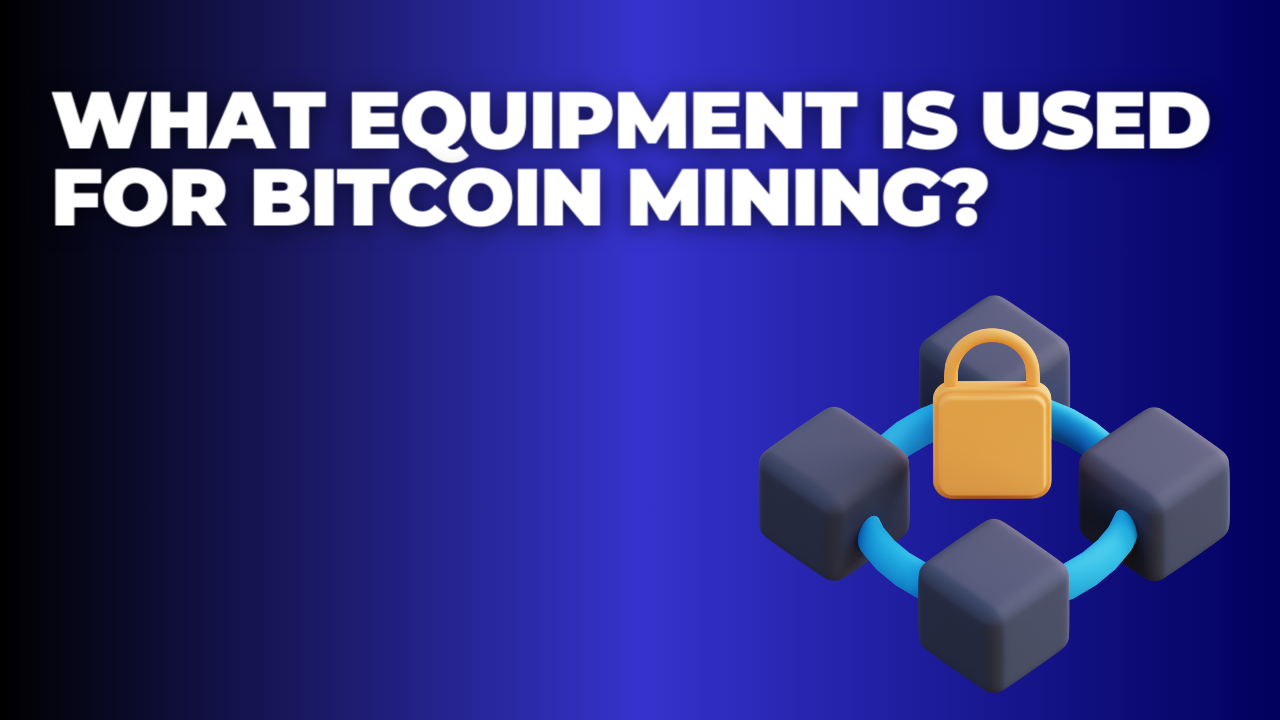Introduction
Unlock the secrets of Bitcoin mining! Discover how miners verify transactions, earn rewards, and power the blockchain. Learn the step-by-step process behind Bitcoin’s decentralized network.
Bitcoin mining is the process that keeps the Bitcoin network secure, decentralized, and functioning efficiently. It’s the backbone of how transactions are verified and how new Bitcoins are introduced into circulation. What is Bitcoin mining, and how does it function? Let’s explore it step by step.
What Is Bitcoin Mining?
Bitcoin mining is a process in which powerful computers, known as miners, compete to solve complex mathematical problems. These problems are cryptographic puzzles, and solving them helps verify Bitcoin transactions, ensuring they are legitimate and secure. The first miner to solve the puzzle gets rewarded with newly created Bitcoins and the ability to add a new block of transactions to the Bitcoin blockchain.
How Does Bitcoin Mining Work?
Bitcoin mining operates on the principle of a decentralized ledger called the blockchain. Here’s how it works:
- Transaction Verification: Every time a Bitcoin transaction occurs, it gets bundled into a “block” with other transactions. This block needs to be verified before it is added to the blockchain, which is a public ledger that records every Bitcoin transaction ever made.
- Solving Cryptographic Puzzles: Miners compete to solve a complex mathematical problem associated with each block. The puzzle is so difficult that it requires significant computing power to solve. The process involves guessing a number (called a “nonce”) that, when hashed with the block’s data, produces a result that meets certain conditions.
- Proof of Work (PoW): Once a miner finds the correct solution, they broadcast it to the network. This solution is known as “Proof of Work” and proves that the miner expended computational energy to solve the puzzle. Other miners and nodes then verify the solution to ensure it’s correct.
- Block Added to the Blockchain: If the solution is valid, the block is added to the blockchain, making the transaction official and irreversible. The miner who solved the puzzle is rewarded with a set amount of newly created Bitcoin—this is how new Bitcoins enter circulation.
The Role of Hashing
Hashing plays a critical role in Bitcoin mining. When a miner works on solving a puzzle, they are running data from the block through a cryptographic hash function, which turns the data into a fixed-size string of characters. The goal is to find a hash that is lower than the “target” set by the Bitcoin network. This target changes over time to adjust the mining difficulty, ensuring blocks are added roughly every 10 minutes.
Mining Difficulty and Halving
Bitcoin mining difficulty refers to how hard it is to find a valid hash. The more miners there are, the more difficult it becomes. The Bitcoin network adjusts the difficulty every 2,016 blocks (approximately every two weeks) to keep block creation steady.
Another key feature is the “halving” event, which happens roughly every four years. During halving, the reward for mining a block is cut in half. This controls the supply of Bitcoin and is one reason why Bitcoin is deflationary by design.
What Equipment Is Used for Bitcoin Mining?
In the early days of Bitcoin, it was possible to mine with just a regular home computer. However, as more people joined the network, mining became more competitive, and specialized hardware called ASICs (Application-Specific Integrated Circuits) became necessary to mine profitably. These machines are designed specifically for Bitcoin mining, offering far more processing power than general-purpose computers or graphics cards.
Is Bitcoin Mining Profitable?
Bitcoin mining can be profitable, but it’s not as simple as just running a machine. These are the main elements that influence profitability:
- Electricity Costs: Mining consumes a lot of energy. Countries with low electricity costs are more favorable for mining.
- Equipment Costs: The price of high-performance mining equipment like ASICs can be quite high. Additionally, this hardware tends to have a short lifespan, meaning miners may need to upgrade frequently.
- Mining Difficulty: As more miners join the network, the difficulty increases, making it harder to earn rewards without a significant investment in mining equipment.
Environmental Concerns
One of the major criticisms of Bitcoin mining is its energy consumption. Since mining requires substantial computing power, it also requires significant amounts of electricity. This has raised concerns about the environmental impact, especially in regions where electricity comes from non-renewable sources. However, there are ongoing efforts to make Bitcoin mining more sustainable, such as using renewable energy sources like solar or hydroelectric power.
The Future of Bitcoin Mining
Bitcoin mining is evolving. With technological progress, mining equipment is becoming more energy-efficient. Additionally, some countries are becoming more regulatory about mining practices, pushing for a greener approach to the process. Meanwhile, miners continue to adapt, whether by relocating to areas with cheaper electricity or investing in renewable energy.
Conclusion
Bitcoin mining is a crucial component of the Bitcoin network, ensuring the security and integrity of transactions while introducing new Bitcoins into circulation. Though the process is energy-intensive and competitive, it remains a vital aspect of the cryptocurrency ecosystem. As the industry continues to evolve, so too will the technology and methods used in Bitcoin mining, with a focus on efficiency and sustainability.


